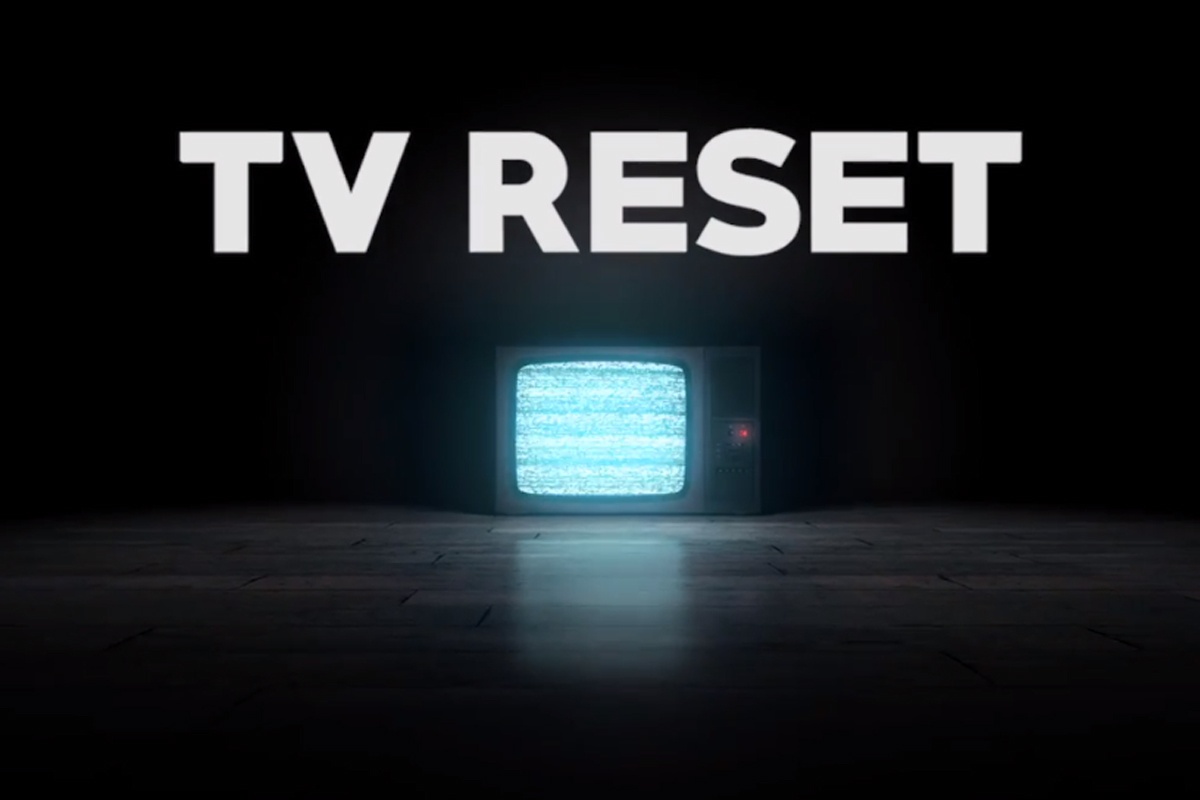This article was originally published by Beet.tv, as part of their “TV Reset” series.
Part One:
The growing popularity of digital video is pushing linear TV platforms to innovate by offering greater flexibility to advertisers. That transformation is especially vital as the coronavirus pandemic and economic slowdown lead advertisers and agencies to shift their media-buying strategies.
WarnerMedia is restructuring its operations as advertisers demand from linear TV the same kind of flexibility they get from digital video platforms. Parent company AT&T in April announced plans to merge WarnerMedia with its advertising unit Xandr.
“The idea of combining Xandr with WarnerMedia is really what the customers want,” Joe Hogan, executive vice president of sales and marketing at WarnerMedia, said in the latest installment of the Beet TV/VAB “TV Reset” forum. “They want our linear inventory to behave a little more like digital in terms of flexibility and real-time measurement, and the ability to shift and pivot. The Xandr data and analytics strengths allow us to move toward the similarities between digital and linear inventory.”
In a conversation with Catherine Sullivan, chief investment officer of North America for Omnicom Media Group, Hogan discusses how the idea of flexibility encompasses everything from the ability to swap out ad creative quickly to shifting spending among its different platforms for premium video.
“We would like … to be able to move into behavioral targeting that allows us that real-time flexibility,” Hogan said. “there’s work to do on the system side in terms of our having functionality to do that, but these conversations around flexibility will get us there faster.”
WarnerMedia’s network brands include CNN, HLN, TNT, TBS, TruTV and Cartoon Network, along with digital media platforms such as Otter Media and Bleacher Report.
Part Two:
WarnerMedia made a strong push into the streaming video market with launch of HBO Max in May, and plans to introduce an ad-supported version with a lower subscription fee next year. The company is developing a strategy to open up advertising inventory while also being mindful about the viewer experience.
“It will be a responsible commercial load based on fan feedback and research, and what fans see as a fair exchange,” Joe Hogan, executive vice president of sales and marketing at WarnerMedia, said in this episode of the Beet TV/VAB “TV Reset” forum. “Expect us to find a way to participate with as many advertisers as possible.”
In a conversation with Catherine Sullivan, chief investment officer of North America for Omnicom Media Group, Hogan discussed a key issue facing her clientele: measurement of reach and frequency among media platforms including digital and linear TV. Improved measurement would help to make media buys more efficient.
“Folks are realizing that all data are not created equal,” Hogan said. “Working together to bring data sets where we can will lead us into a much more progressive position than we’ve been historically.”
The subscription video on demand (SVOD) version of HBO Max costs viewers $14.99 a month for commercial-free viewing, while the AVOD version’s price remains to be determined. WarnerMedia aims to reach 75 million to 90 million subscribers to HBO Max by 2025.


